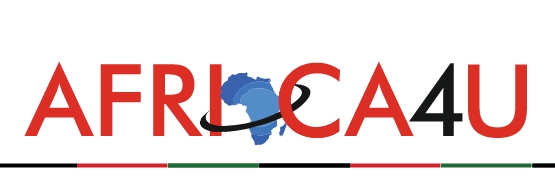(3 minutes read)
South Africans will now be able to sell the excess electricity generated from their rooftop solar panels into the grid. Load-shedding has been a permanent feature of South African life for some time now. This much-awaited announcement had come from President Cyril Ramaphosa in his weekly newsletter. He stated that work will soon be completed on a pricing structure that will allow customers to sell the surplus electricity generated from rooftop solar panels into the grid.
South Africans will now be able to sell the excess electricity generated from their rooftop solar panels into the grid. Load-shedding has been a permanent feature of South African life for some time now. This much-awaited announcement had come from President Cyril Ramaphosa in his weekly newsletter. He stated that work will soon be completed on a pricing structure that will allow customers to sell the surplus electricity generated from rooftop solar panels into the grid.
The announcement will result in significant demand for solar panels. South African households had imported over N$2, 2 billion worth of solar panels in the first five months of 2022, according to a report in Business Tech.
Eskom supplies the vast majority of South Africa’s electricity via a fleet of coal-fired power stations that have been overused and under-maintained for years. Taking units offline to perform crucial maintenance work exacerbates loadshedding in the short term because Eskom has very little backup power.
The announcement comes against the backdrop of Eskom’s worsening woes, with rolling blackouts now in effect a permanent feature of South African life, wreaking havoc on households and businesses alike, big and small. South Africans have endured power cuts for years but 2022 was the worst on record with 205 days of rolling blackouts, as aging coal-fired power plants broke down and state-owned power utility Eskom struggled to find the money to buy diesel for emergency generators. “Load shedding” — as it’s known locally — was escalated to level 6, which entails removing 6,000 megawatts (MW) worth of power from the grid in order to rebalance demand and supply. This can result in outages lasting 4 to 5 hours at a time and a total of 12 hours a day for households and businesses. At peak times, demand in South Africa averages between 28,000 MW and 34,000 MW.
Read Also;
https://trendsnafrica.com/south-africa-deploys-forces-to-protect-power-plants-from-public-ire/
https://trendsnafrica.com/wine-industry-in-sa-in-doldrums-due-to-power-cuts/
Loadshedding is hobbling small businesses and jeopardising economic growth in a country with an unemployment rate of 33%. South African bank Nedbank estimates that GDP could be two percentage points higher in the absence of electricity constraints.





